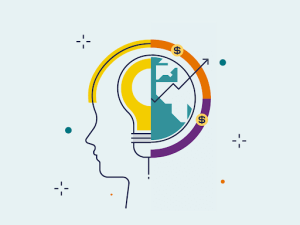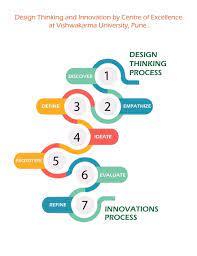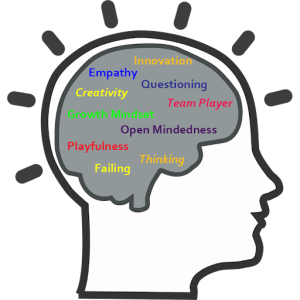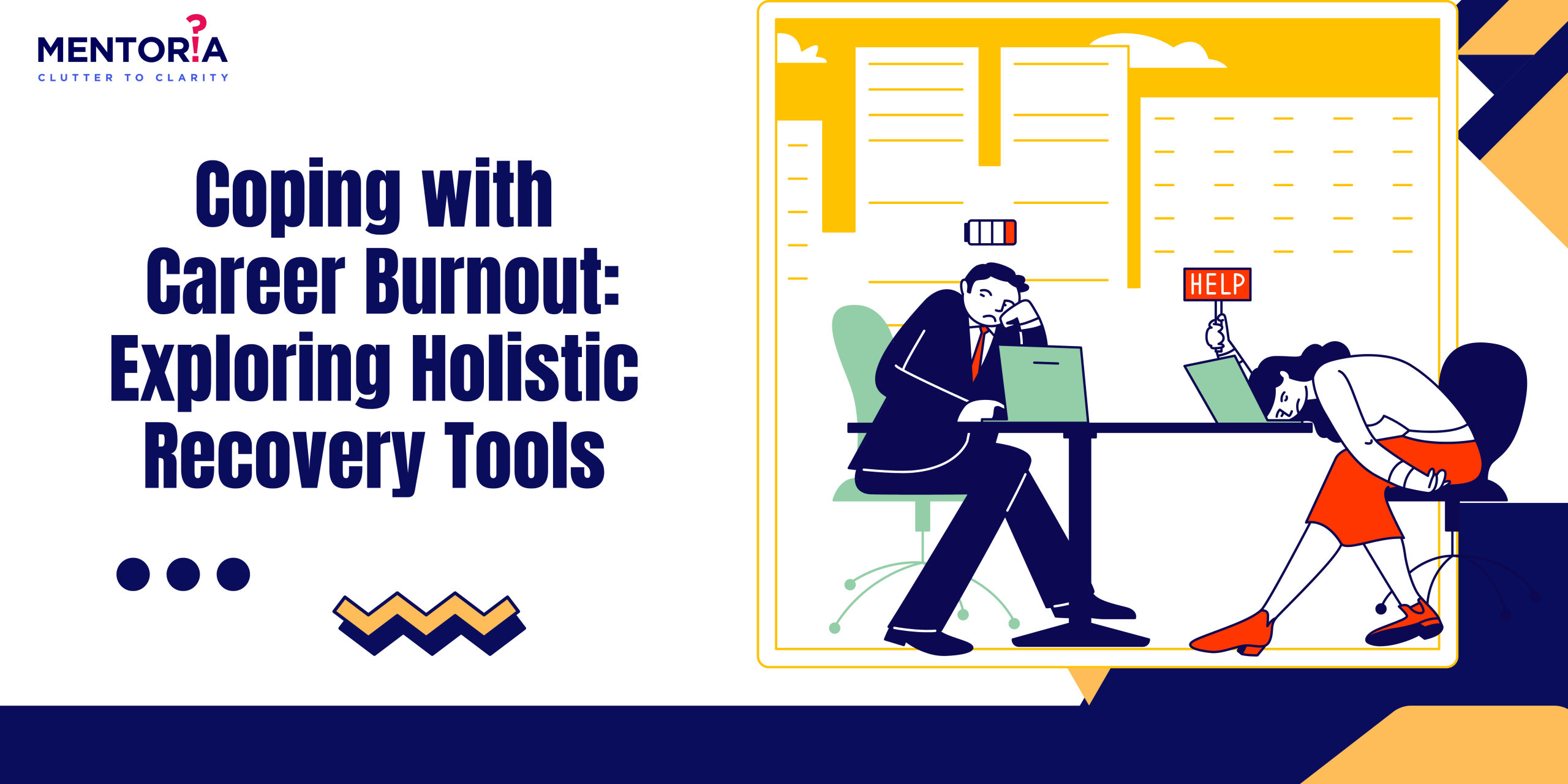Top 8 Ways To Help You Become A Design Thinker
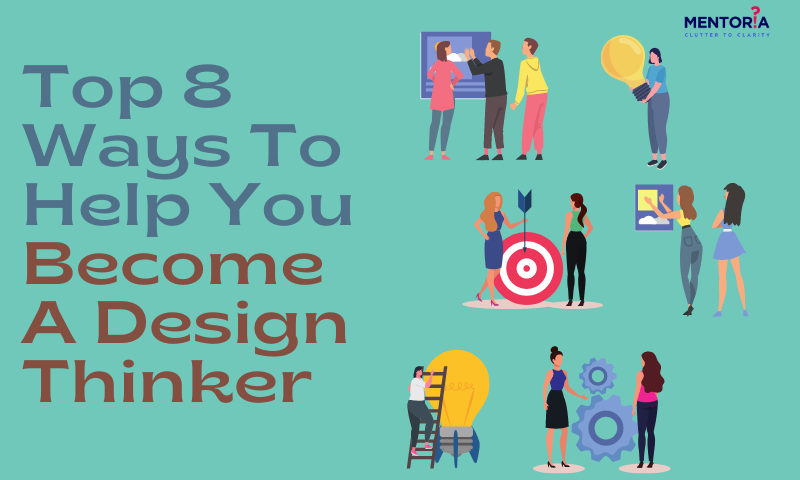
Welcome to the world of design thinking! In today’s fast-paced and ever-changing world, problem-solving has become a crucial skill to have. That’s where design thinking comes in – it’s a creative approach to problem-solving that puts people at the centre of everything.
In this blog, we’ll explore the fascinating world of design thinking and how it can help you become a better problem solver. We’ll delve into the principles and concepts behind design thinking, share real-life examples of successful applications, and give you practical tips to apply it in your own life.
But don’t worry, this won’t be your typical boring lecture on design thinking. We’ll make it fun, engaging, and even a bit quirky! So buckle up and get ready to unleash your inner design thinker!
Design Thinking: The Creative Superpower You Never Knew You Had!
Are you tired of the same old problem-solving methods? Do you want to unleash your creative superpower and develop innovative solutions to complex problems? If so, then it’s time to learn about design thinking!
Design thinking is a problem-solving approach that prioritises empathy, collaboration, and experimentation. It involves understanding the needs and perspectives of the end-users and using this knowledge to develop creative solutions that meet their needs. What do businesses like Nike, T-Mobile, Moderna, IBM, Apple, and Barclays have in common? Each has embraced the idea of design thinking while creating new goods and services, and they have all benefited from doing so.
In design thinking, there are five core principles: empathise, define, ideate, prototype, and test. Each principle is crucial to the problem-solving process and helps to ensure that the end product is user-centred, effective, and sustainable.
Design thinking is important in problem-solving and innovation because it encourages us to think outside the box and consider multiple perspectives. By putting the user at the centre of the problem-solving process, we can develop solutions that meet their needs and exceed their expectations.
There are numerous examples of successful applications of design thinking, from the design of the iPhone to the development of the Airbnb website. By using design thinking principles, these companies were able to create innovative products that revolutionised their industries.
So, if you want to become a design thinker and unlock your creative potential, it’s time to start embracing the principles of design thinking!
Here Are The 8 Key Skills to Develop Your Design Thinking Mindset
To become a successful design thinker, it’s important to develop a set of key skills and practices that enable you to create innovative and user-centred solutions. In this section, we’ll explore the 8 essential skills of design thinking and provide actionable tips to help you improve your design thinking abilities. So, let’s dive in and start developing your design-thinking mindset!
1. Empathy: You can’t design something for someone if you don’t understand their needs and perspectives. Empathy is all about putting yourself in the shoes of your users and understanding their pain points, desires, and motivations. For example, imagine designing a product for people with disabilities without understanding their challenges and needs – it simply wouldn’t work.
Actionable tip: Talk to your users, observe them in their natural environment, and try to understand their behaviour, feelings, and needs. Ask questions like “Why do you do that?” or “What are your biggest challenges?” to gain insights and empathy.
2. Human-Centred Approach: Design thinking is all about putting people at the centre of the design process. This means designing solutions that are tailored to their needs and preferences, rather than imposing your own ideas or assumptions. Airbnb is a great example of a human-centred design approach. By putting the hosts and guests at the platform’s centre, they created a community-driven platform that offers unique and personalised experiences.
Actionable tip: Start by understanding your users and their needs, and then co-create solutions with them. Use techniques like brainstorming, mind mapping, or role-playing to generate ideas together.
3. Iterative Process: Design thinking is an iterative process that involves repeating and refining the design process to achieve better results. This means embracing failure, testing, and learning from your mistakes. Apple’s design process is famously iterative, with the team going through hundreds of prototypes and iterations before finalising the design. This process allowed them to create game-changing products like the iPhone or the MacBook.
Actionable tip: Start by creating quick and low-fidelity prototypes to test your ideas and get feedback from your users. Use tools like sticky notes, sketches, or wireframes to iterate quickly and efficiently.
4. Collaborative Work: Design thinking is a collaborative process that involves working in teams and sharing ideas. This means embracing diversity, co-creation, and constructive feedback. IDEO, a leading design firm, is known for its collaborative culture that encourages cross-functional teams and co-creation with clients. This approach allows them to create innovative and user-centred solutions.
Actionable tip: Work with people from different backgrounds and disciplines to bring diverse perspectives and ideas to the table. Use techniques like brainstorming, affinity mapping, or design sprints to facilitate collaboration and ideation.
5. Experimentation: Design thinking is all about trying out different solutions and prototypes. This means embracing a mindset of experimentation, curiosity, and risk-taking. Google is famous for its “fail fast, often fail” approach, encouraging employees to experiment and take risks. This approach has led to game-changing products like Google Maps and Google Glass.
Actionable tip: Create a culture of experimentation by encouraging yourself and your team to try out new ideas and solutions. Use techniques like A/B testing, user testing, or rapid prototyping to test and validate your ideas.
6. Visualisation: Design thinking is a visual process that involves using visual tools to communicate ideas and concepts. This means using sketches, diagrams, or infographics to make your ideas tangible and understandable. The IKEA instructions are a great example of how visualisation can simplify complex tasks and ideas. By using clear and simple diagrams, they are able to guide customers through the assembly process without any language barriers.
Actionable tip: Use visual tools to communicate your ideas and concepts. Use sketches, diagrams, or infographics to make your ideas tangible and easily understood.
7. Storytelling: Imagine you are designing a new product, and you need to convince your boss and investors to support your idea. How do you do it? You can create a compelling story that takes them on a journey and shows them the potential impact of your product on people’s lives. This is where storytelling comes in! By crafting a narrative that resonates with your audience, you can inspire them to take action and support your vision.
To practice your storytelling skills, try creating a story around a product or service that you use in your daily life. Think about how it makes your life better and how it could impact others. Use vivid descriptions and emotions to bring your story to life, and practice telling it to friends or colleagues.
8. Continuous Learning: Design thinking is all about being open to new ideas and perspectives. To become a design thinker, you must embrace a growth mindset and continuously seek new opportunities to learn and improve. This means being curious, asking questions, and seeking feedback from others.
To practise continuous learning, make it a habit to read articles and books on design thinking, attend workshops and conferences, and connect with other design thinkers in your industry. Seek out feedback on your designs and be open to constructive criticism. Remember, there’s always room for improvement, and embracing a growth mindset will help you become a better designer over time.
Think Outside the Box, Think Design Today!
So, why not try applying design thinking in your work and personal life? You never know what innovative solutions you might come up with! And if you’re looking for guidance on how to turn your passion into a career, don’t forget to check out Mentoria, our experts can help you achieve your goals. Sign up today and start thinking outside the box!
